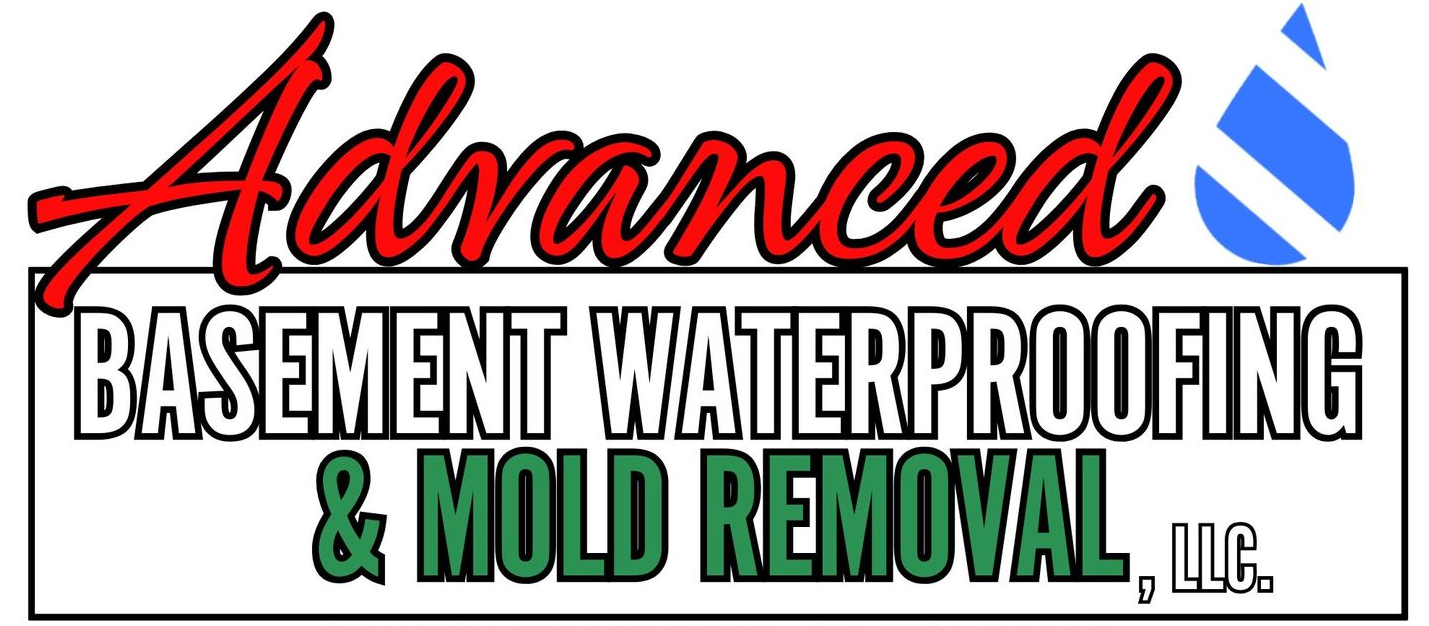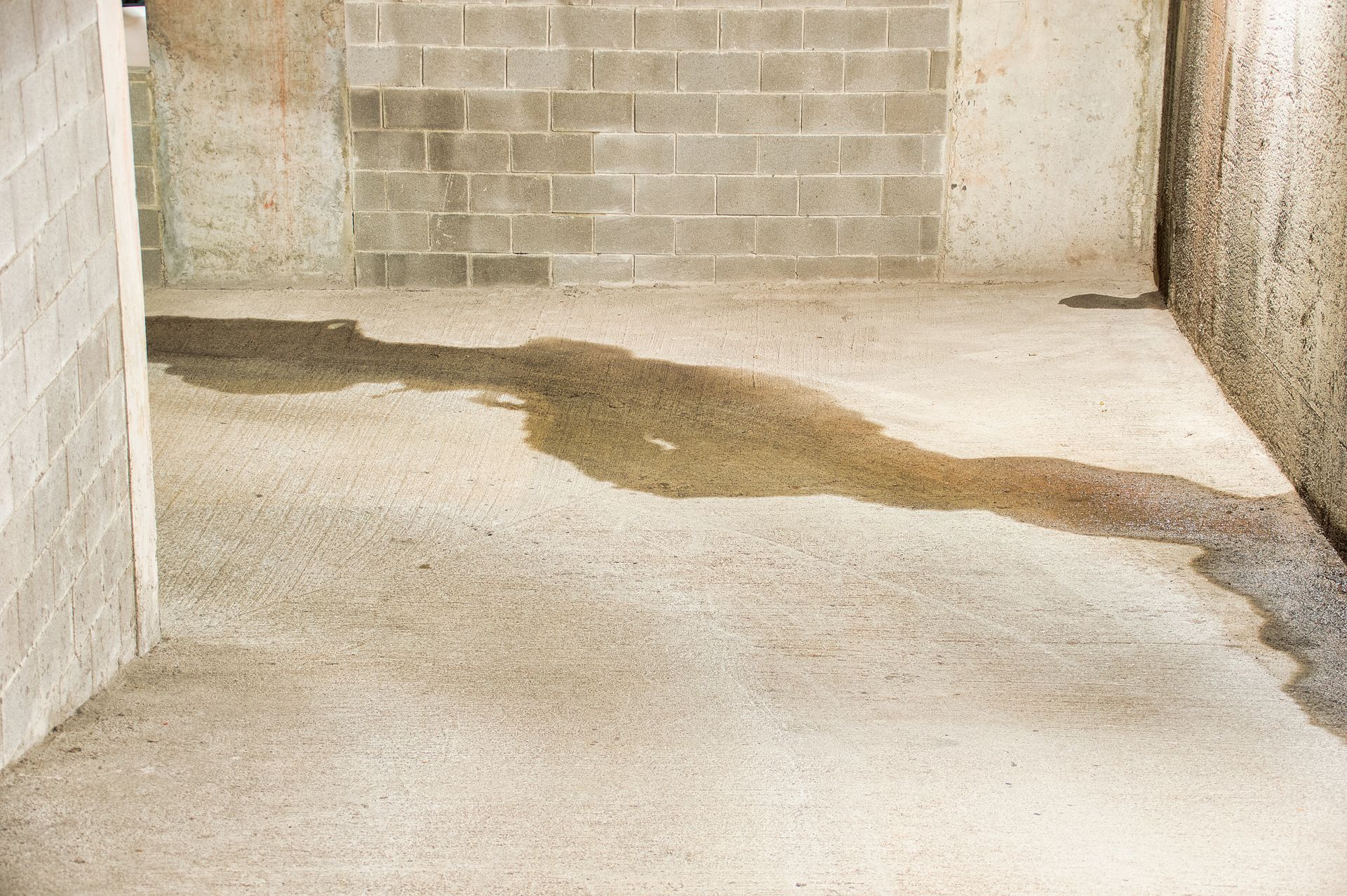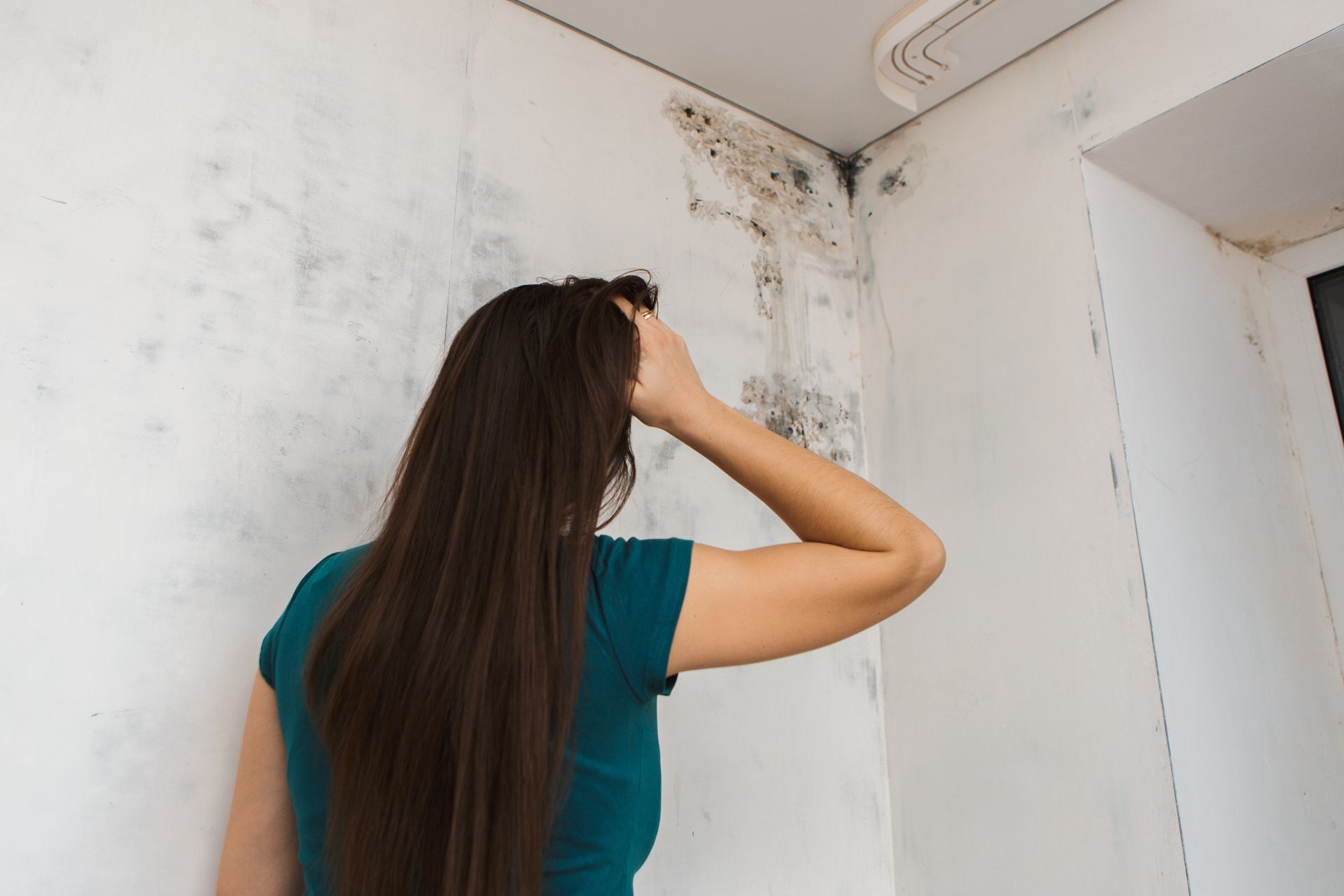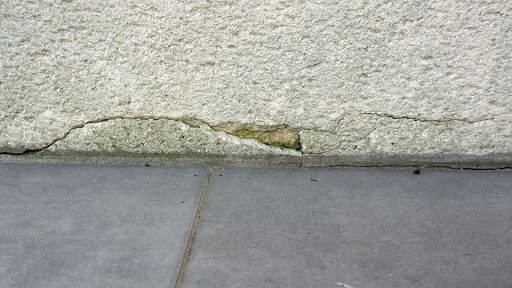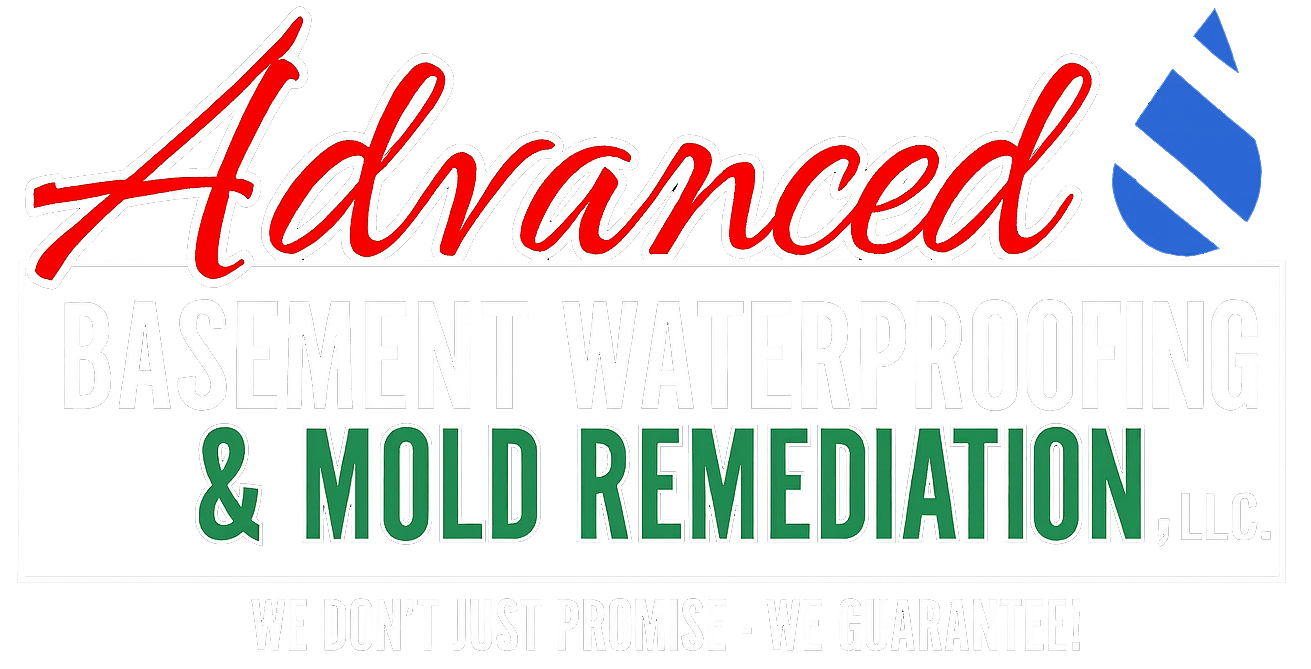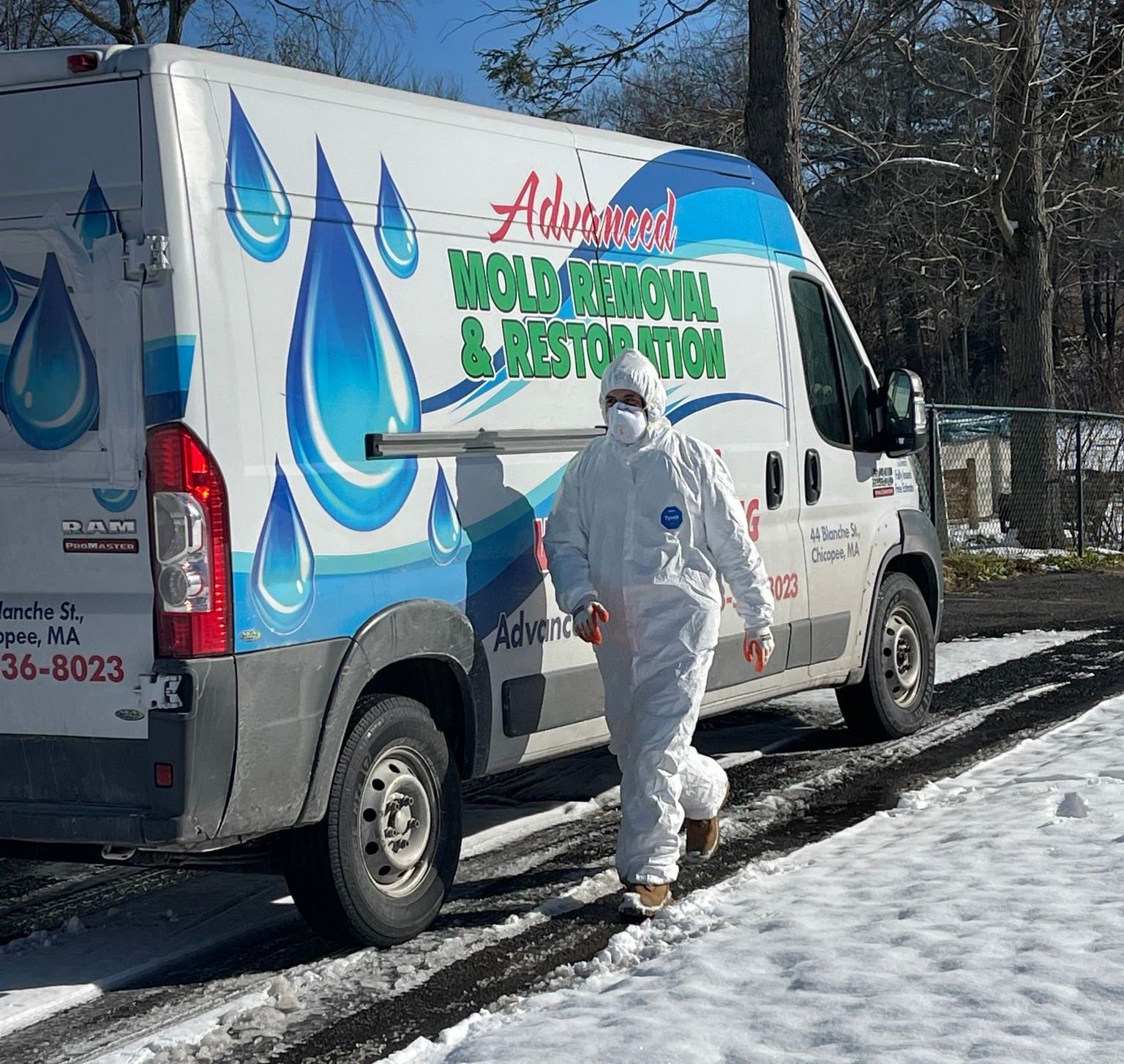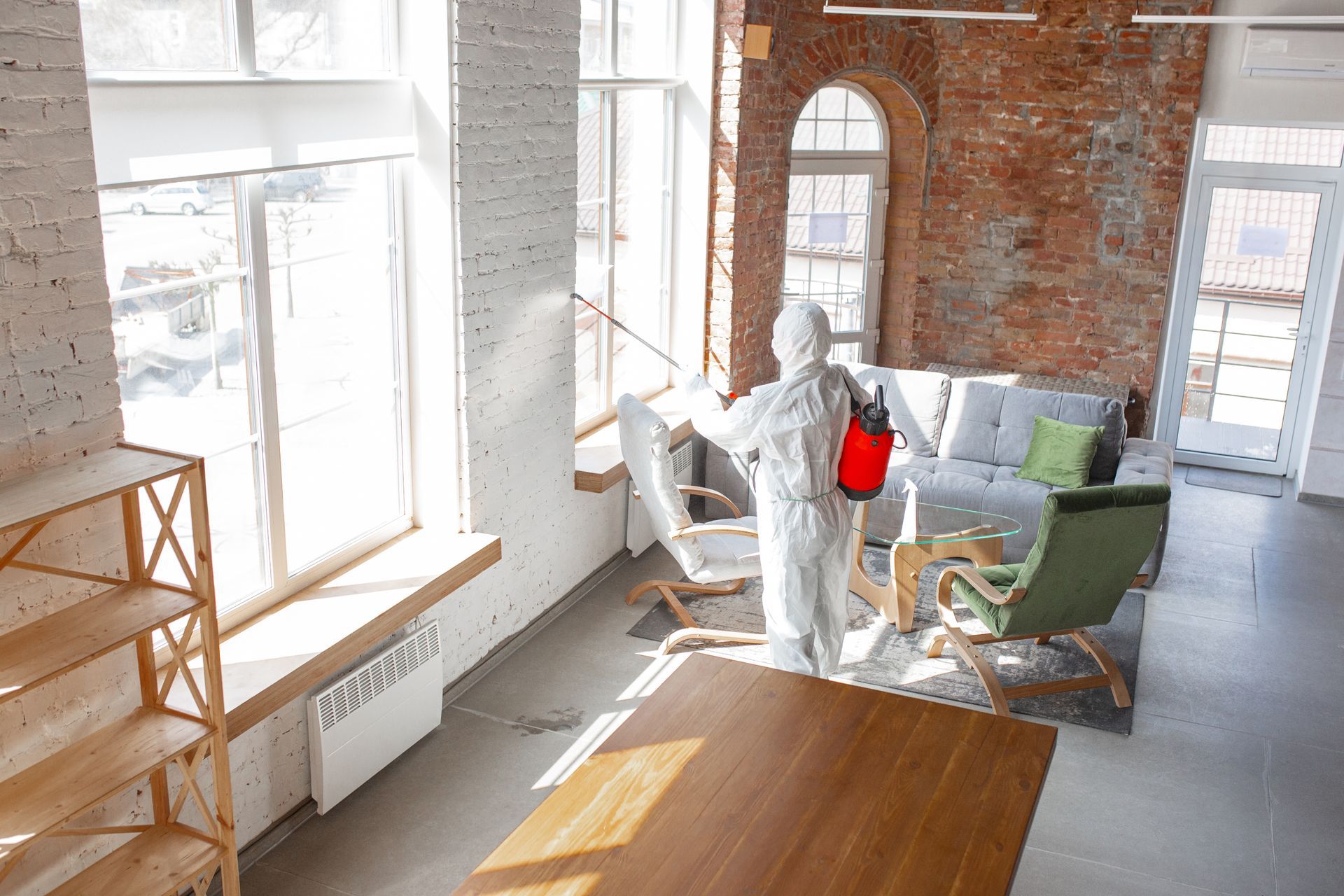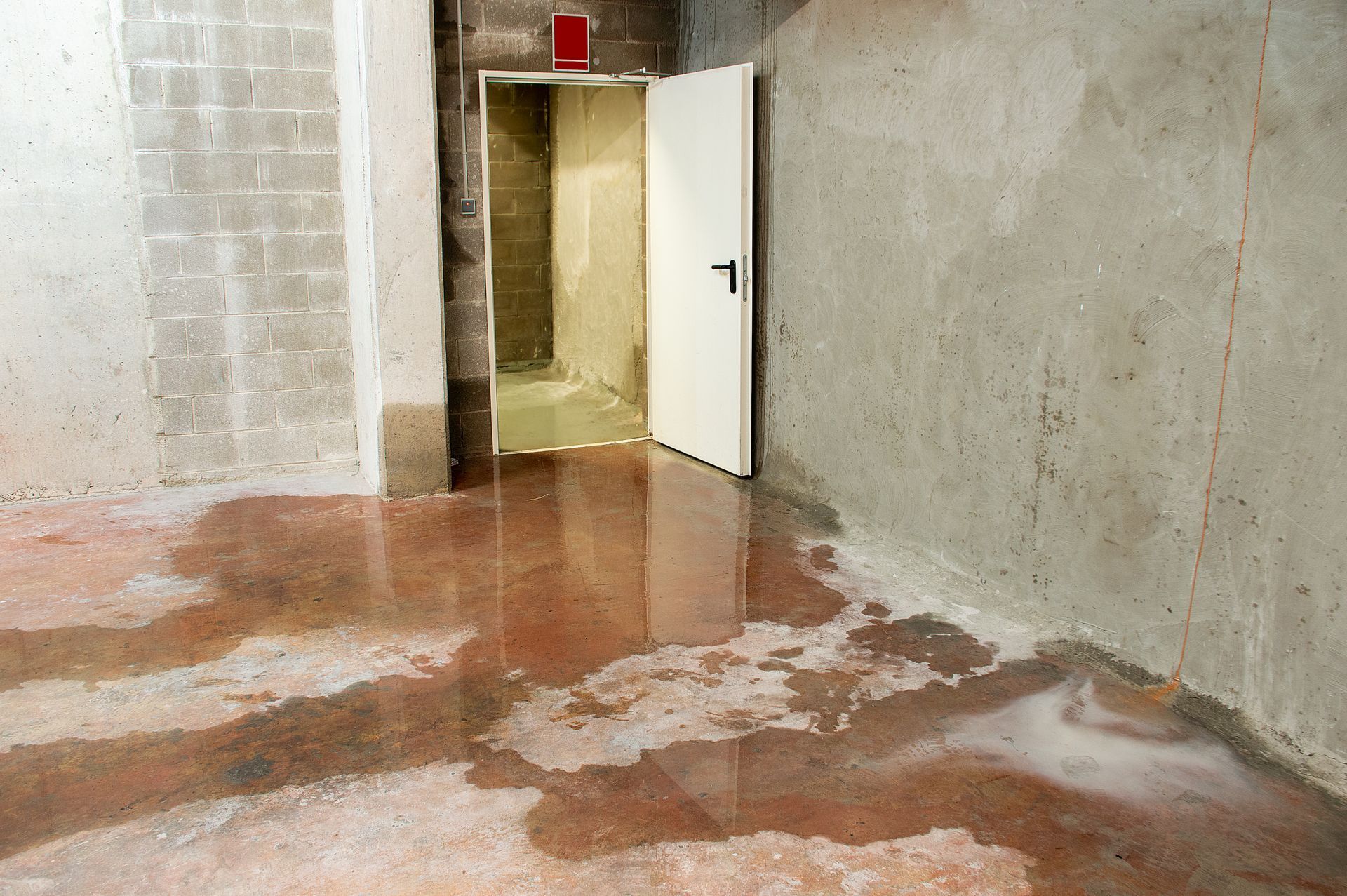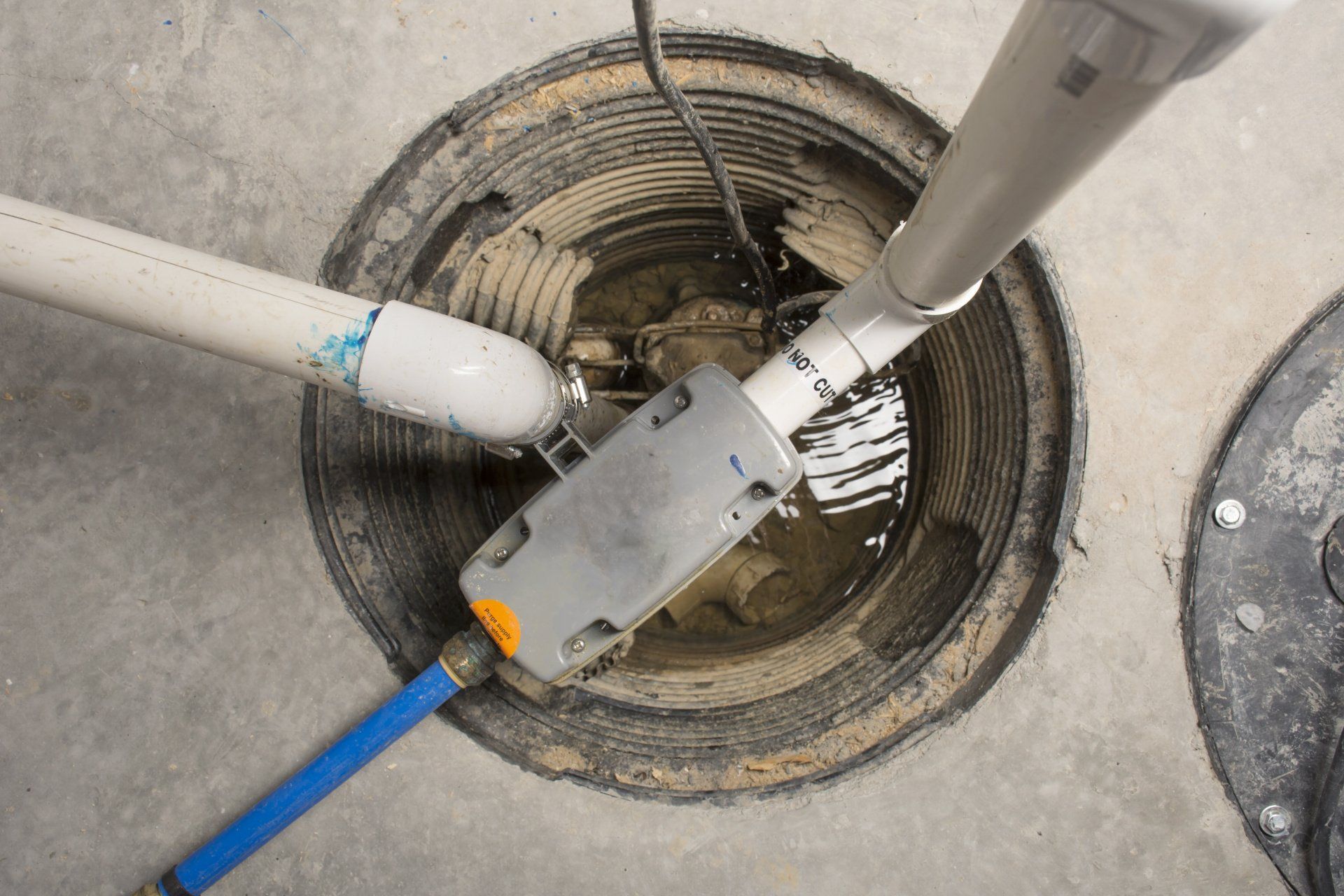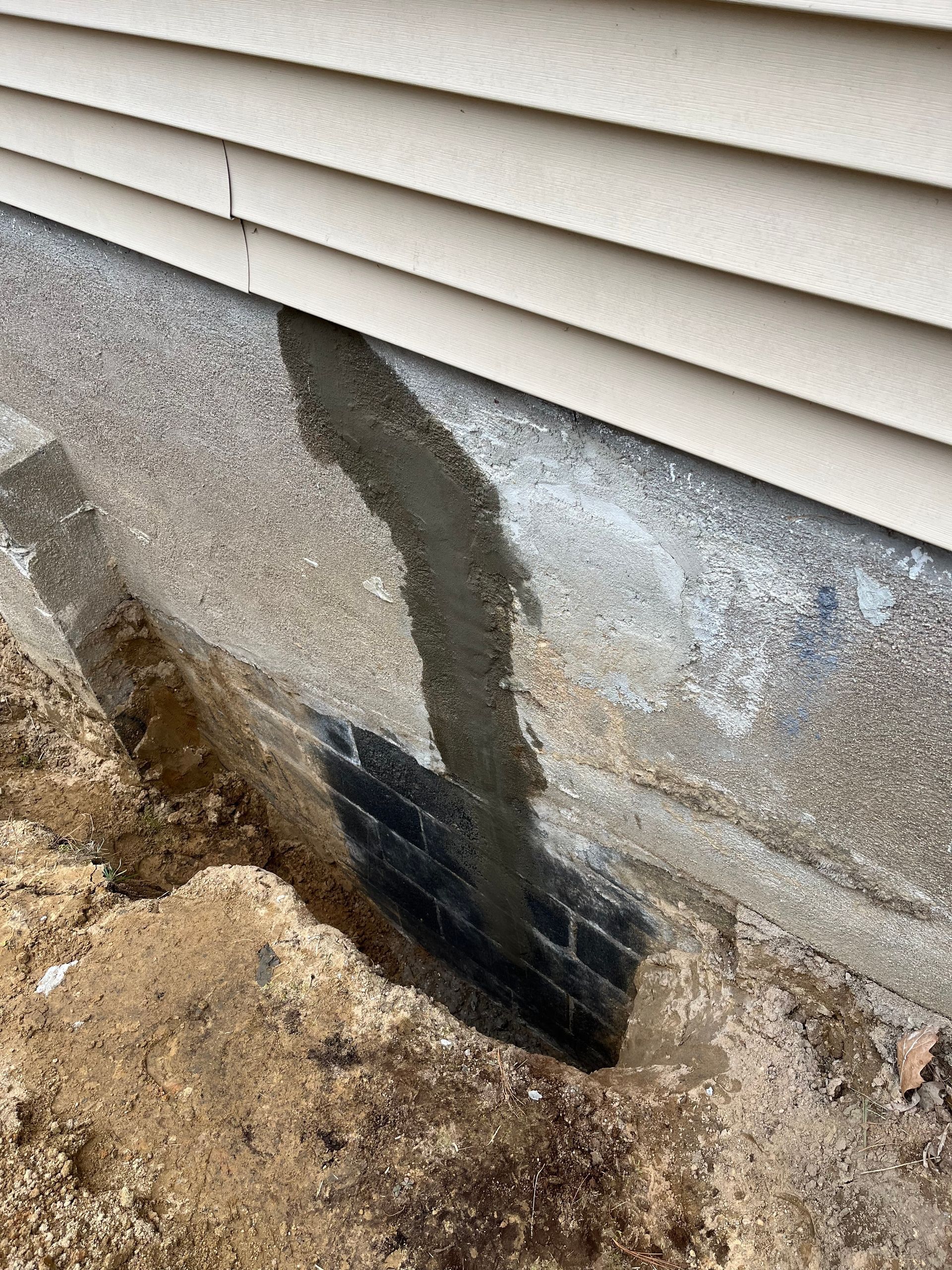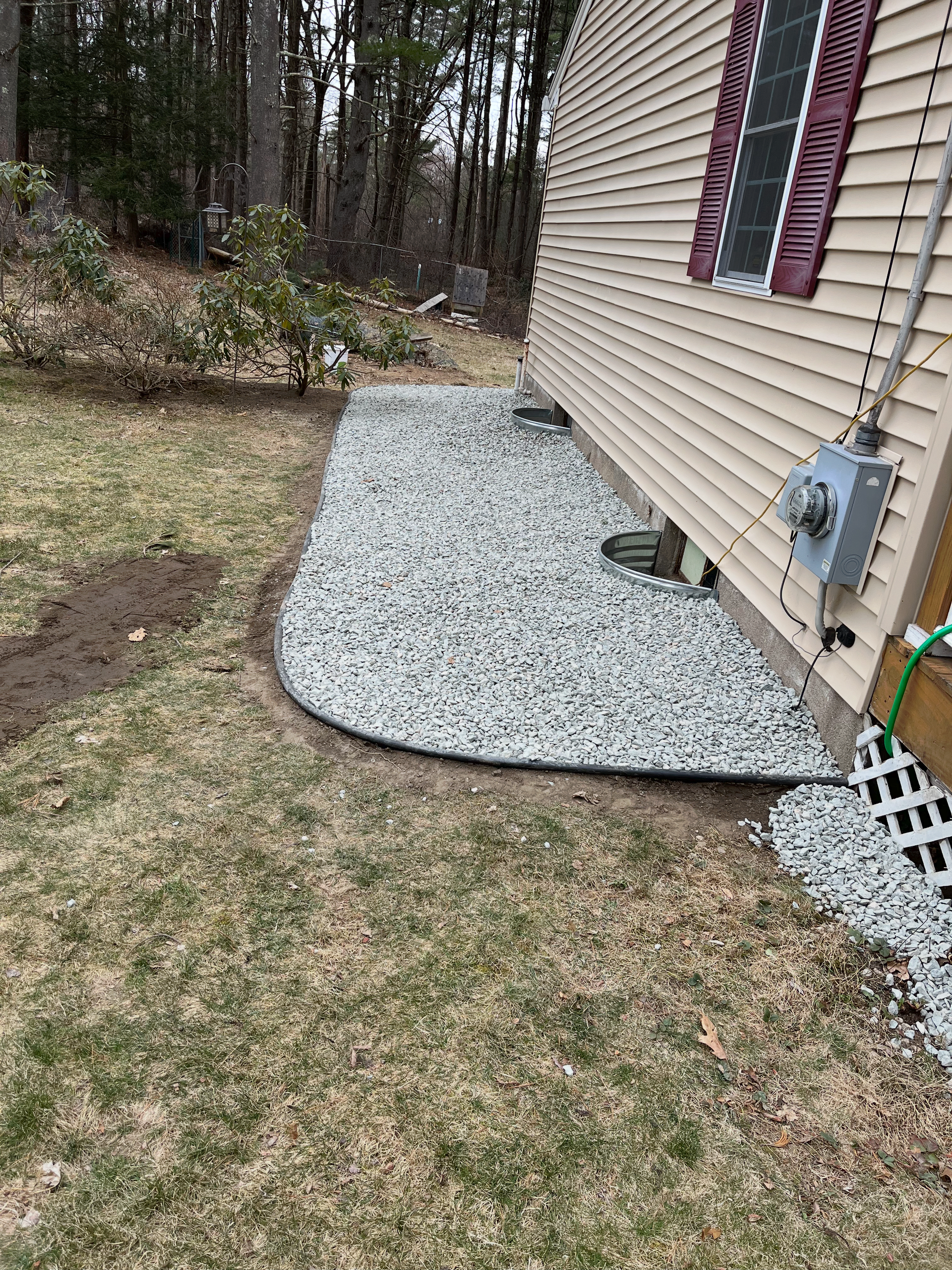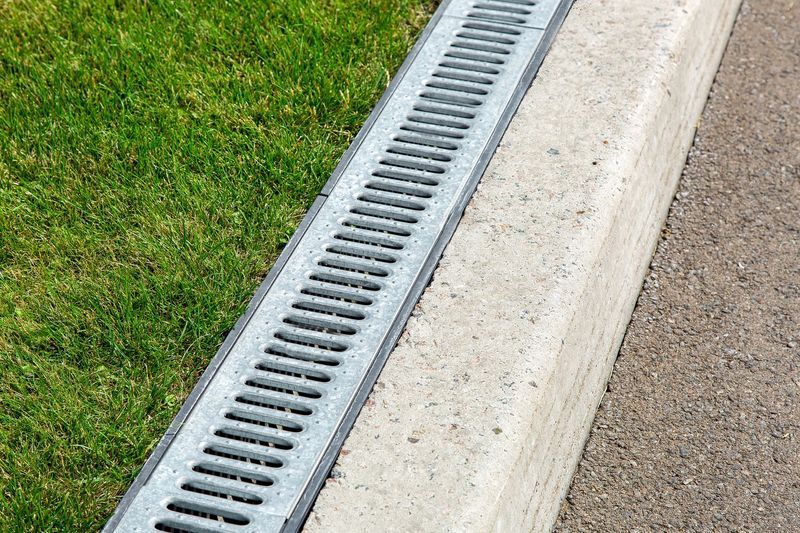Why is mold growing in my finished basement? How to identify, fix and prevent a moldy basement
By Advanced Basement Waterproofing • June 27, 2025
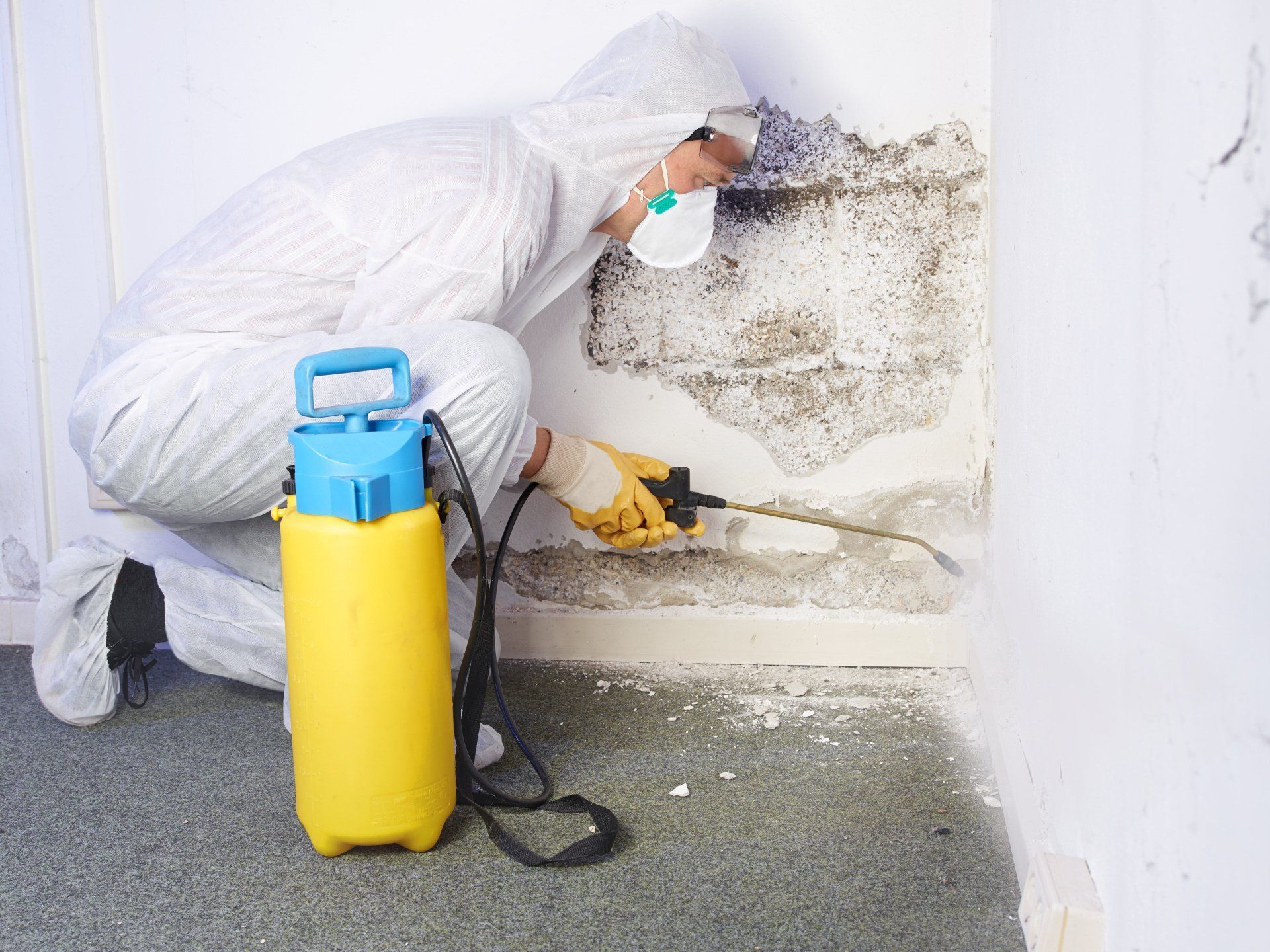
Mold can be found in a variety of colors and textures. It is often black, green or white but it can also grow as a discoloration on other surfaces such as wood, drywall, insulation and even fabric. Mold spores are microscopic and float through the air where they may settle on moist surfaces to form colonies that produce mycotoxins, secondary metabolites, and allergens.
Moldy basements are often the result of water infiltration through cracks in the foundation or walls. This can be caused by excessive moisture in the soil around the foundation, poor drainage, or faulty gutters and downspouts. Once mold has taken hold, it can be difficult to remove and may require the services of a professional.

How to identify mold in finished basement
Identifying mold grow and mold spores in a basement can be tricky since it's often hidden behind walls or under floors. However, there are a few telltale signs that can indicate the presence of mold growth. For example, musty odors are often indicative of mold growth, as is visible discoloration on walls or floors. Additionally, mold may cause allergic reactions in some people, such as coughing, sneezing, or watery eyes. If you suspect that there may be mold present in your basement, it's important to have the area tested by a professional. Mold testing kits are readily available online or at hardware stores, and can give you an idea of the extent of the problem. Left unchecked, mold growth and mold spores can cause serious damage to both your home and your health, so it's important to take action as soon as possible. Professional mold removal companies near you can offer you mold inspections to ensure that the mold testing is done properly. If you suspect mold, contact a mold remediation specialist right away!
How to fix mold in your basement
As any homeowner knows, mold is a persistent problem that can be difficult to eliminate. Not only is it unsightly, but it can also cause health problems for people with allergies or respiratory conditions. If left untreated, mold can cause structural damage to your home. The good news is that there are steps you can take to fix the problem. The first step is to identify the source of the moisture that is causing the mold to grow. This may be a leaky pipe, a crack in the foundation, leaks in basement walls or the basement floor, or condensation from humid air. Once you have identified the source, you can take steps to address it. For example, you may need to repair a leaky pipe or install a dehumidifier in your basement. Once you have taken care of the source of the moisture, you can begin cleaning up the mold. The best way to do this is to use mold removal company. Removing mold is a dangerous and difficult task, and it is best left to the professionals who have the training and experience to do it safely. Mold removal companies will remove mold safely and make sure all areas are treated to prevent future mold growth.
How to prevent mold growth in your basement
There are a number of things you can do to prevent mold in your basement. First, make sure that your basement is well-ventilated. Second, control the humidity levels in your basement by using a dehumidifier. Third, keep your basement clean and free of clutter. Finally, if you consistently are finding mold problems despite these recommendations, its important to investigate the main cause and have the issue(s) repaired.
Common Causes of Basement Mold
Common causes of basement mold include:
Leaks:
Water leaks can occur in a number of ways, such as through cracks in the foundation or walls, around windows or doors, or from plumbing fixtures. Once water finds its way into the basement, it can create the perfect conditions for mold to thrive. To prevent basement mold, it is important to address any water leaks as soon as possible and stop water leaks completely. In addition, increasing ventilation and lowering humidity levels can also help to prevent the growth of mold.
Condensation:
Another common cause of basement mold is condensation. This can occur when humid air comes into contact with cold surfaces, such as concrete walls or floors. Condensation can also be caused by drying clothes in the basement or running a space heater without proper ventilation. To prevent condensation, it is important to ventilate the basement and keep the humidity levels low.
Poor drainage:
If your basement doesn't have proper drainage, water can pool on the floor and create the perfect conditions for mold to grow. To prevent this, you should make sure that your gutters are clean and in good repair. In addition, you should slope the ground away from your foundation to ensure that water drains away from your home.
Keep your Basement Mold Free!
If you have a finished basement, it’s important to keep an eye on mold and take steps to prevent it from growing. Mold can cause serious health problems, so it’s best to address any signs of mold as soon as possible. By following the tips in this post, you can help ensure that your finished basement stays healthy and free of mold.
Additional Services
Request Service
Questions? Contact Us
(413) 536-8023
-or-
Submit A Request
Home
We will get back to you as soon as possible.
Please try again later.
